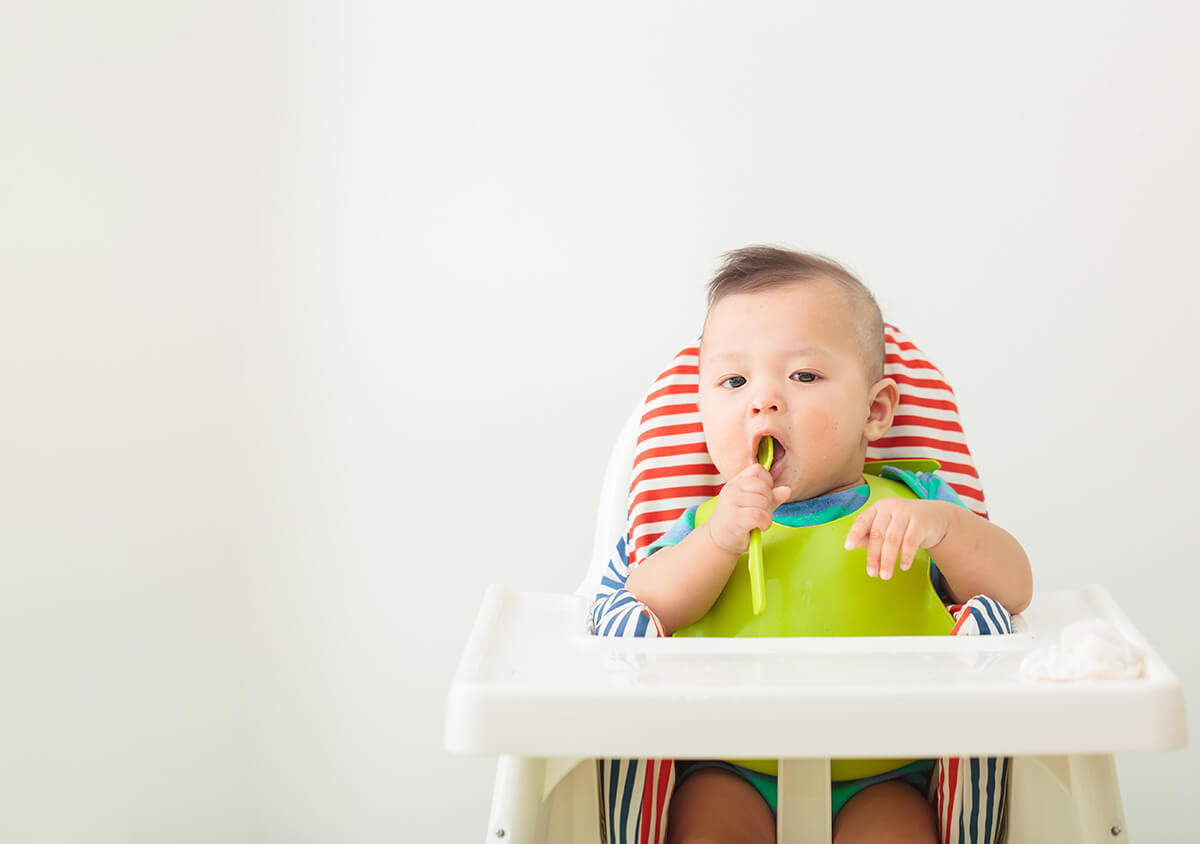How to Correctly Store Baby Food
Storing your baby’s food correctly is important to ensure that it is safe for them to eat. If it is ...
Read MoreImportant notice to customers — product packaging changesLearn More
NEW FOOD PACKAGING IN STORE NOW
From August 2018, customers will notice our rebranded food packaging start to appear on shelf in all major stockists.
 CURRENT Packaging
CURRENT Packaging

 new Packaging
new Packaging
We are excited to announce our new packaging will start to appear on shelf from August 2018. This transition to new packaging will occur over a number of months. During this time there will be a mix of current and new packaging on shelf.
There are no major changes to these products, in some instances there is a small name change or slight recipe improvement, see below for the full details.
Products purchased via the website will be delivered to customers in our old packaging until the end of October. From November, products ordered from the website will be delivered in the new packaging.
Please note, our Infant Formula packaging will not be rebranded until later in 2019.
For any questions, connect with our team of accredited practising Dietitians on +61 3 6332 9200
Product name changes
 CURRENT Packaging
Organic Baby Rice
CURRENT Packaging
Organic Baby Rice

 NEW Packaging
Organic Rice with Prebiotic (GOS)
Note: Our Baby Rice recipe has been upgraded to now include GOS Prebiotic
NEW Packaging
Organic Rice with Prebiotic (GOS)
Note: Our Baby Rice recipe has been upgraded to now include GOS Prebiotic
 CURRENT Packaging
Organic Vanilla Rice Custard
CURRENT Packaging
Organic Vanilla Rice Custard

 NEW Packaging
Organic Milk & Vanilla Baby Rice
NEW Packaging
Organic Milk & Vanilla Baby Rice
 CURRENT Packaging
Organic Apple & Cinnamon Porridge
CURRENT Packaging
Organic Apple & Cinnamon Porridge

 NEW Packaging
Organic Apple & Cinnamon Baby Porridge
NEW Packaging
Organic Apple & Cinnamon Baby Porridge
 CURRENT Packaging
Organic Banana, Pear & Mango
CURRENT Packaging
Organic Banana, Pear & Mango

 New Packaging
Organic Banana, Pear, Apple & Mango
New Packaging
Organic Banana, Pear, Apple & Mango
 CURRENT Packaging
Organic Mango, Blueberry & Apple
CURRENT Packaging
Organic Mango, Blueberry & Apple

 New Packaging
Organic Blueberry, Mango & Apple
New Packaging
Organic Blueberry, Mango & Apple
 CURRENT Packaging
Organic Peach & Apple
CURRENT Packaging
Organic Peach & Apple

 New Packaging
Organic Grape, Apple & Peach
New Packaging
Organic Grape, Apple & Peach
 CURRENT Packaging
Organic Pumpkin & Tomato Risotto
CURRENT Packaging
Organic Pumpkin & Tomato Risotto

 New Packaging
Organic Pumpkin, Sweet Potato & Tomato
New Packaging
Organic Pumpkin, Sweet Potato & Tomato
 CURRENT Packaging
Organic Broccoli, Beef & Brown Rice
CURRENT Packaging
Organic Broccoli, Beef & Brown Rice

 New Packaging
Organic Beef & Vegetables
New Packaging
Organic Beef & Vegetables
 CURRENT Packaging
Organic Milk Rusks Toothiepegs
CURRENT Packaging
Organic Milk Rusks Toothiepegs

 New Packaging
Organic Milk Rusks
New Packaging
Organic Milk Rusks

A baby generally starts teething around 6 months of age, but it’s normal to feel the beginnings of teeth emerging from about 3 months or even as late as 10 months.
For some babies, teething has little to no effect on behaviour, but for others they can become quite fussy around teething time. This may result from swelling and soreness caused by the ‘cutting’ of a tooth. Symptoms typically caused by teething include hot, rosy cheeks, excessive drooling, red gums and gum rubbing. You may notice your baby becoming more irritable and difficult to settle during this time as well.
However, it’s important to recognise whether the discomfort they are experiencing is a result of teething or if there is another cause. Symptoms of teething usually appear a few days before a tooth erupts and can last for a few more days afterwards. So, if your baby is experiencing symptoms longer than a few days with no sign of a tooth emerging, consult with your doctor.
Once you have determined their discomfort is as a result of teething, you can try these techniques to relieve some of the pain:
Some extra attention and cuddles can help to reassure your baby if they become distressed. It can also provide a distraction from the pain and discomfort they are experiencing with teething.
Teethers can be kept in the fridge ready for when teeth attack. Always check the directions of a toy first, and refrain from placing items in the freezer as this can make them too cold. Try to look for teethers that come with a plastic handle, so your baby’s hands won’t get cold.
Teething rusks are a great little snack that can help soothe your baby by applying some counter pressure on their sore gums. (5) Bellamy’s Organic Milk Rusks are specially designed so that your baby can bite down without breaking or splintering the rusk.
A chilled washcloth for baby to gnaw on can provide some light pressure on sore gums and the cold also acts as a nice distraction to take baby’s mind of the pain.
Chilled fruit puree or yoghurt can provide some welcome relief for painful gums. Alternatively, if your baby is eating solids, some chilled cucumber or carrot can help as well. Just make sure the pieces are large enough to reduce the risk of choking and that baby is supervised while eating.
If you’re breastfeeding, the skin to skin contact can be comforting if your baby is unhappy. If you are worried they might use your nipple as a teething toy, try rubbing their sore gums before and after each feed.
Remember, teething symptoms should only last for a few days before and after the tooth appears. If none of these strategies work and your baby still seems to be uncomfortable, consult your doctor for advice before administering any pain relief or teething gels.